Below is a list of the scientific instruments used throughout the field course for the various research undertaken. A brief description and the specification of each of the instruments is given for reference when reading about the scientific procedures undertaken.

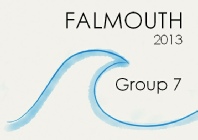
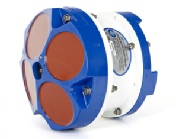
RDI Workhorse ADCP
Acoustic Doppler Current Profiler, functions by transmitting and receiving sound
waves. Lower frequencies enable less detailed data for greater depths. Penetration.
Higher frequencies enable detailed data for shallower depth penetration. RV Callista
uses 600kHz, a low-
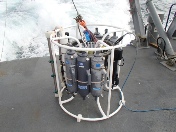
FSI iCTD and rosette
Integrated conductivity, temperature and depth sensor to give in situ temperature and salinity data for samples collected in Niskin bottles15.
Niskin bottle
Water bottles arranged in rosette allow multiple samples from a single deployment. Available in a range of sizes.
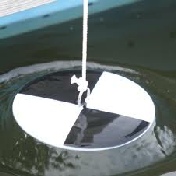
Secchi disk
Traditional light penetration detecting equipment. k = 1.44/the depth that the Secchi disk ceases to be visible (Knauss, 2005).
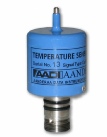



Aanderaa SooGuard System
Thermosalinograph (with a resolution of 0.0001°C and an accuracy of ±0.03°C) and fluorimeter package designed in collaboration with NOC, UK. Standard parameters include conductivity (Conductivity Sensor 4319), temperature (Temperature Sensor 4060), oxygen (Oxygen Optode 4330/4330F). Data is collected with SmartGuard data logger. EnviroT InLine Fluorometer used to detect chlorophyll levels16.
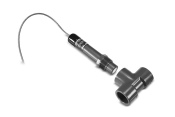
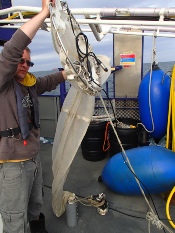
Plankton net
Weighted net with 60cm diameter (30cm radius) and 200µm filter. Messenger weight sent down cable at the upper sample depth to close bottle. Volume of water passing through is calculated as v = πr2L, where L is the distance travelled by the net during sampling.
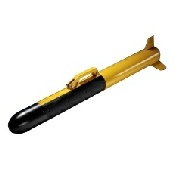
GeoAcoustics 159D Sidescan
Seabed feature mapping sonar system, rated to a depth of 1000m 17.
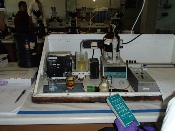
Winkler apparatus
Titration equipment whereby a chart recorder records the light passing through a sample bottle. A burette feeds a titre, thiosulphate solution (normality = .22), into the sample dissolved oxygen bottle. The volume of titre against the initial volume of the sample is used to find the oxygen concentration and oxygen percentage saturation.
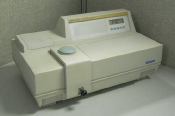
ATI Unicam 8625 UV/VIS Spectrophotometer
Multiple cell holder, single beam, range of 195-
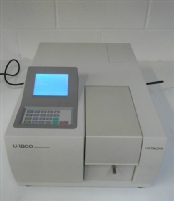
Hitachi Ratio Beam Spectrophotometer U-
A UV-

Turner Fluorometer 10-
Measures fluorescence of chlorophyll a following the method of Welschmeyer (1994), indicating presence of phytoplankton in the water column. Sensitive down to a concentration of 10 parts per trillion20.
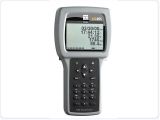
YSI650 MDS (Multiparameter Display System) Multiprobe
Real-
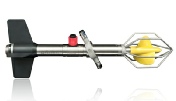
Valeport Model 106 Lightweight Current Meter
Constructed from titanium and polymers, the current meter is suitable for coastal and estuarine research. Parameters include pressure, direction, and speed22.
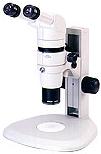
Nikon SMZ800
Zoom stereomicroscope with zoom range of 1x to 6.3x, and potential total magnification of 5x to 378x 23.
Other Equipment:
Thermo Scientific Finnpipette F2-
BD Plastipak syringe-
Glass microfibre filter paper-
Bogorov tray-
Sedgewick-
Light sensor-
[6]
[7]
[8]
[8]
[8]
[8]
[9]
[10]
[11]
[12]
[13]
[14]
[15]
[16]